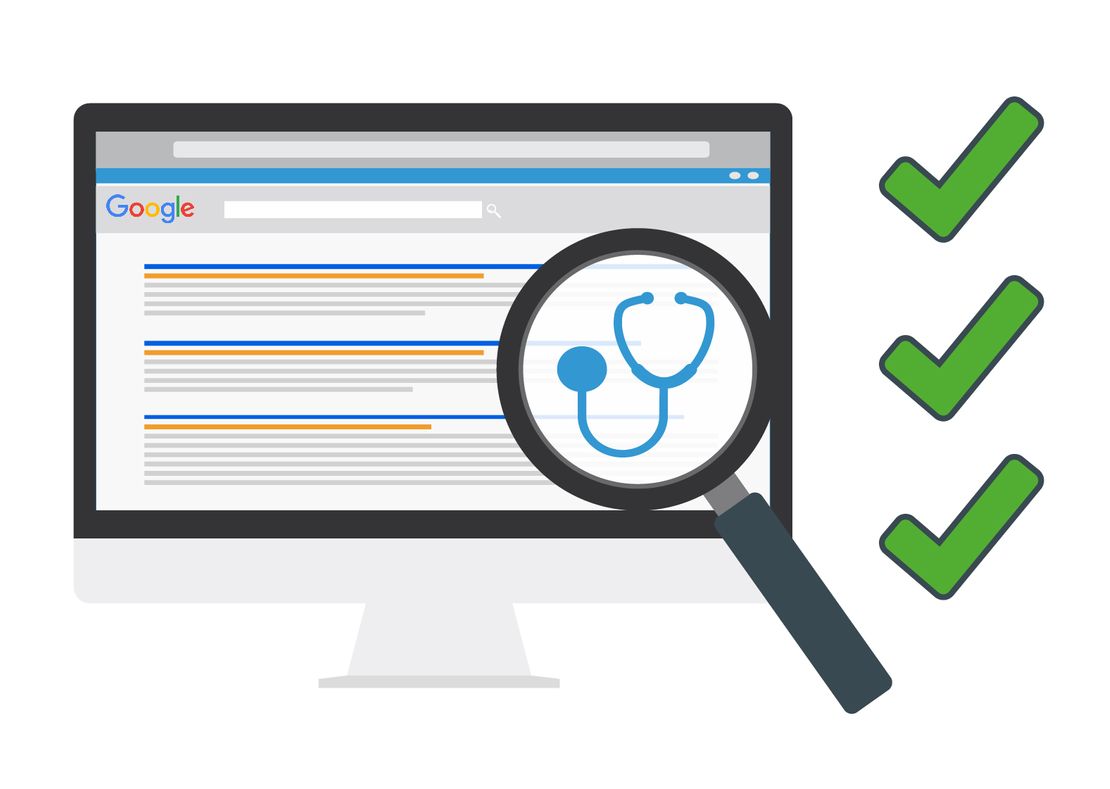It’s no coincidence that when a medical-related search term or phrase is typed in to a Google search bar that Wikipedia.org is the top slated search result. Looking at Wikipedia as a model for search engine optimization (SEO) can offer health care providers several fundamental SEO basics to optimize their website’s search results.
- Usability: People use Wikipedia often, whether for general knowledge or as a reference source. Its content is well written and comprehensive, and people trust it. The more Wikipedia is shared and used, its rankings improve. However, this positive feedback loop isn’t exclusive to Wikipedia – any good article or website can be used as a reference and shared in social media.
- Specificity: Wikipedia articles cover specific topics and are very focused – most article headings are only one or a few words long, and generally are the term or phrase searched. Unless Google is sure that the article is correctly focused on a specific search term or phrase, it will not give it a high ranking.
- Organization: Wikipedia articles are well organized, well written, and easy to read. Document structure is an important factor in Google page ranking and is also a good indicator of quality content. It is important to utilize a single title tag for each article and to break up content into logical sections with headers. Paragraphs upon paragraphs of content are not only boring to read, but will not generate positive reactions from Google. In addition, using tags to specify important SEO terms and phrases in your content can improve its results.
- Links: Wikipedia content is full of links, both internal (linking to other Wikipedia pages) and external (linking to other websites). Internal links are great for two reasons, 1) they help connect users to related content and 2) it lowers a page’s bounce rate (according to Wikipedia, a ‘bounce rate’ is the percentage of visitors who enter the site and “bounce” (leave the site) rather than continue viewing other pages within the same site). A low bounce rate is also a good indication that content is engaging and relevant. Not only does Wikipedia utilize internal links, but its content also contains several external links to high quality sources to support information used in their articles; Google also monitors external links, and proper use can improve page rank.
- Relevance: Wikipedia’s content is updated regularly. New articles are continuously added and old articles are revised and improved. Google favors content that is up-to-date. It is not adequate to just design a website, add content, and sit back to watch what happens. These days, new content must be added regularly, existing content should be updated, and any content that is outdated or incorrect needs to be swiftly improved or corrected.
Overall, the lessons learned from Wikipedia are that content should be configured in a way that is easy for real people to read, understand, and use, in addition to being specific, up-to-date, and trusted. Also, articles should link content to other high quality websites as well as use internal links to encourage a flow of traffic internally when appropriate. It is easy to forget that patients are real people, and they will choose content that is presented in a way that is easy for them to read, understand, and use.
To read more about what health care providers can learn from Wikipedia, click here.


